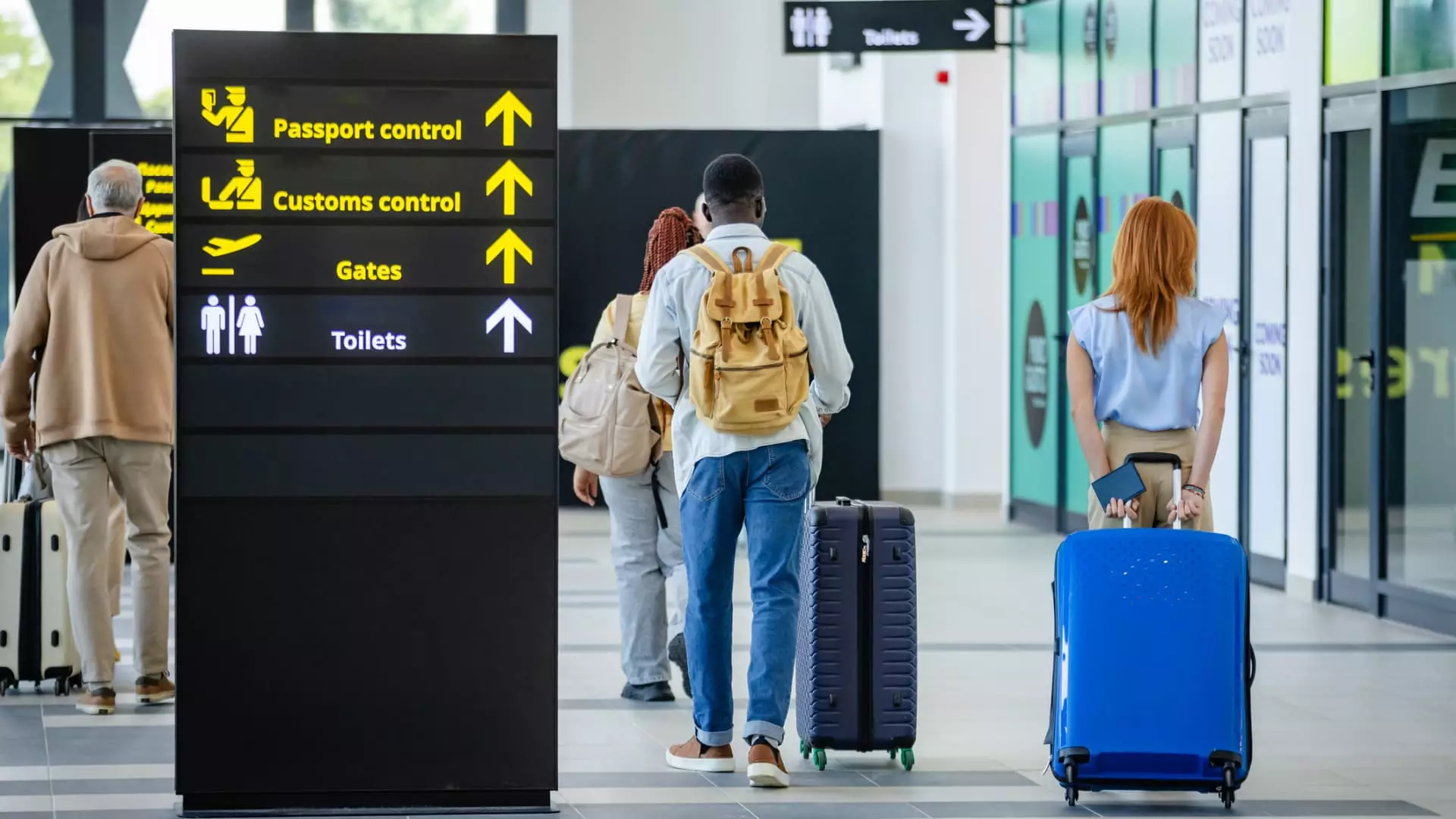In recent years, the allure of the United States as a prime travel destination has been increasingly overshadowed by political and economic uncertainties. This doesn’t merely underline a shift in travel trends; it signals a larger concern for the U.S. economy, heavily reliant on international tourism. According to a stark report by Oxford Economics, spending from foreign visitors is projected to plunge by an astonishing $8.5 billion in the coming year. This drop represents about 5% less than the previous year and correlates with a projected decrease of around 9% in international arrivals. As a result, businesses and regions that thrive on foreign tourist spending are bracing for significant losses.
What makes this situation even more alarming is the disparity between U.S. tourism and that of other countries. The World Travel & Tourism Council recently highlighted an expected downturn resulting in a staggering $12.5 billion loss in spending from international visitors by 2025. This isn’t just a blip on the radar; it’s a potential crisis affecting diverse communities, employment opportunities, and local businesses nationwide. The question arises: What are the drivers behind this decline, and what can be done to counteract it?
Perceptions Matter: Political Climate and Travel Choices
Research suggests that the political environment plays an instrumental role in shaping international travelers’ perceptions of the U.S. The Trump administration’s “handle” on immigration policies and trade negotiations has arguably fostered a climate of apprehension. Aran Ryan, director of industry studies at Tourism Economics, noted that negative sentiment stemming from border security issues and tariffs are dissuading potential travelers from making the leap to the U.S. It is critical to understand that customers, in this case travelers, tend to make decisions based not only on personal experiences but also on how they perceive a country’s social and political climate.
Interestingly, a recent analysis revealed that flight bookings fell 11% year-over-year from May to July, shedding light on the weakening interest from potential tourists. Countries such as Canada and various European nations are seeing sharp declines, with air bookings lagging by 10% and a staggering 33% respectively. For those who might argue that economic conditions could trump negative perceptions, this situation illustrates that the two dynamics are intrinsically linked. Tourist destinations must prioritize address these fears if they hope to maintain important revenue streams.
The Exchange Rate Impact: Financial Feasibility for Travelers
The current state of the U.S. dollar relative to major currencies plays an essential role in discussing the factor of financial feasibility for international visitors. Despite a minor recent weakening, the dollar remains relatively strong, making it costly for international tourists to access U.S. goods and services. With every 1% drop in spending from foreign visitors equating to a loss of $1.8 billion in revenue annually, understanding currency dynamics becomes vital.
In an age where international travel is a blend of convenience and cost, fewer tourists are willing to pay more for what could be their dream trips. When considering travel budgets, the challenges posed by inflation—both domestically and globally—combine with skepticism regarding experiences after arriving.
Gradual Recovery: The Path to Revitalization
Despite these discouraging figures, there remains a glimmer of hope that Americans can revitalize their tourism industry. In a society where experiences are prioritized, promoting the unique and diverse attractions of the U.S. can play a substantial role in enticing international travelers. From breathtaking national parks to world-class museums, and vibrant cities filled with rich culture, the U.S. has a lot to offer.
However, addressing negative perceptions requires an integrated approach that includes transparent communication around policies, dedicated efforts towards improving traveler experience, and promotion of safety for visitors. The U.S. Travel Association emphasizes that tackling these “sentiment-headwinds” is essential for the industry’s eventual recovery. It suggests we can creatively engage international audiences to view America as a welcoming, hospitable destination—a place where travelers can experience not just the sights but also the welcoming spirit inherent to American culture.
In this era of globalization and travel anxieties, the challenge of appealing to international visitors has intensified. Through genuine outreach, policy reform, and robust dialogue, American tourism may yet craft a renewed narrative that resonates with the global populace—one where travelers no longer fear the barriers, but are instead drawn to the journey.
Ultimately, whether the U.S. tourism landscape can adapt and flourish depends on its collective ability to meet the challenges head-on and not merely rest on its past laurels. With strategic planning and dedication, the potential for a thriving future remains alive.


Leave a Reply